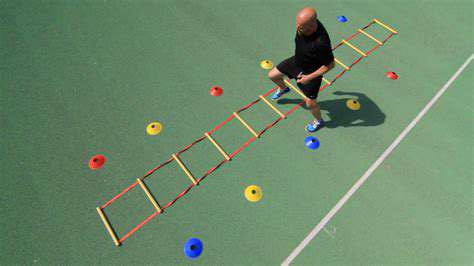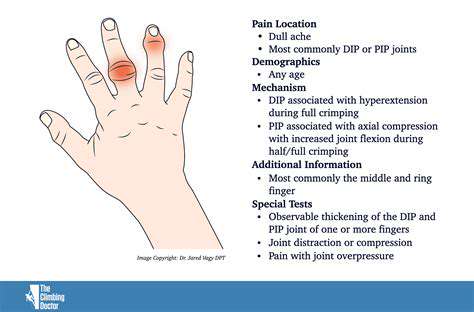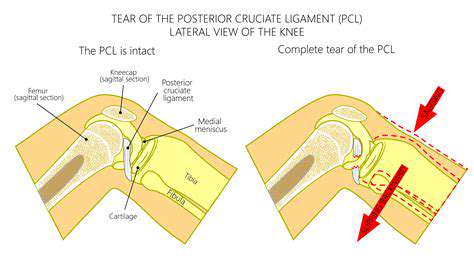Exercises Incorporating Targeted Hand Stretches
Introduction to Hand Stretches for Improved Range of Motion
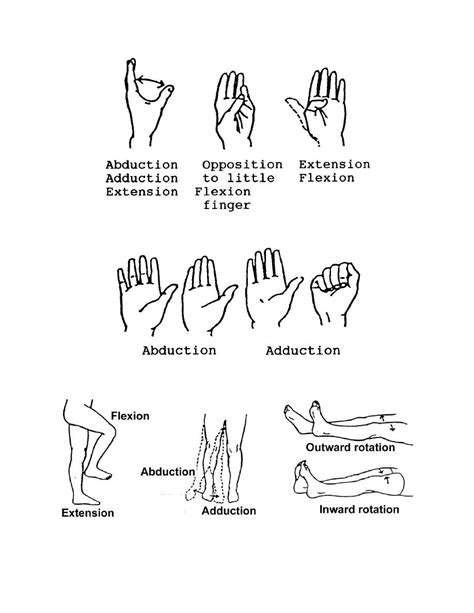
Benefits of Hand Stretches
Regular hand stretches are crucial for maintaining healthy hand function and preventing injuries, particularly for those who engage in repetitive hand motions or activities like typing, writing, or playing musical instruments. Stretching improves flexibility and range of motion in the hand, wrist, and forearm, reducing stiffness and discomfort. By increasing blood flow to the muscles and tendons, stretching can also help prevent the build-up of lactic acid, which can lead to pain and soreness. A consistent stretching routine can significantly improve overall hand health and prevent long-term problems like carpal tunnel syndrome.
Moreover, hand stretches can alleviate the discomfort often associated with prolonged computer use. Repetitive movements and awkward postures can lead to muscle tension and stiffness. Stretches help counteract these issues by promoting relaxation and reducing stress on the joints and surrounding tissues. This, in turn, can enhance hand dexterity and fine motor skills, which are essential for everyday tasks.
Common Hand Problems Addressed by Stretching
Many individuals experience hand and wrist pain due to repetitive stress injuries, such as carpal tunnel syndrome. Carpal tunnel syndrome occurs when the median nerve, which runs through the carpal tunnel in the wrist, becomes compressed. This compression can cause pain, numbness, and tingling in the hand and fingers, especially the thumb, index, middle, and ring fingers. Regular stretching can help alleviate these symptoms by increasing space within the carpal tunnel and promoting blood flow to the affected area.
Another common issue is tendonitis, inflammation of the tendons in the hand and wrist. Overuse and repetitive movements can lead to tendonitis, causing pain, tenderness, and stiffness. Stretches can help reduce inflammation and improve flexibility in the affected tendons, easing pain and promoting healing.
Finally, arthritis can cause stiffness and pain in the hands and wrists. Stretches can improve flexibility and range of motion, which can help reduce pain and improve daily function.
Types of Effective Hand Stretches
A variety of stretches can target different areas of the hand and wrist, each contributing to improved flexibility. Wrist rotations, for example, help loosen the wrist joint and improve range of motion. Finger stretches, such as opening and closing the hand, extending the fingers, and spreading them apart, are crucial for improving finger flexibility and strength. Thumb stretches, involving movements like extending and flexing the thumb, are essential for maintaining its range of motion. Consider incorporating these into your routine to enhance hand health.
Many stretches can be done at your desk or at home. It's crucial to perform these stretches slowly and gently, avoiding any sudden or forceful movements. Also, be sure to listen to your body; if a stretch causes sharp pain, stop immediately.
Important Considerations for Hand Stretching
Consistency is key when it comes to incorporating hand stretches into your daily routine. Aim for at least 2-3 sessions per week for optimal results. Performing stretches before and after activities that put stress on your hands, such as typing or playing a musical instrument, is highly recommended. This pre- and post-activity stretching can significantly reduce the risk of injury and promote recovery. In addition, maintaining proper posture while performing tasks that involve hand movements is crucial to prevent strain.
Always consult a healthcare professional if you experience persistent or severe hand pain. They can provide personalized advice and guidance on appropriate stretches and other treatment options to address your specific needs. Don't hesitate to seek medical attention if you suspect a more serious underlying condition.
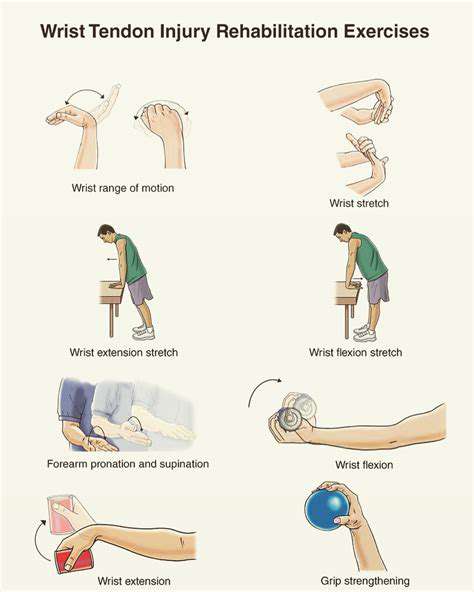
Thumb Stretches for Enhanced Grip Strength

Finger Flexion Stretch
This stretch targets the flexor muscles in your fingers, which are crucial for a strong grip. To perform this stretch, extend one arm in front of you, keeping your palm facing down. Use your opposite hand to gently bend the fingers of the outstretched hand downwards, towards the palm. Hold this position for 20-30 seconds, feeling the stretch in the palm and fingers. This stretch helps improve flexibility and range of motion, which are essential for a firm grip.
Repeat this process on the other hand. Consistency is key for developing lasting improvements in finger flexibility and strength. This simple stretch can be incorporated into your daily routine for noticeable benefits over time.
Wrist Extension Stretch
A strong wrist is essential for a reliable grip. This stretch focuses on the extensor muscles of the wrist, helping to counteract tightness and improve overall wrist mobility. Place your forearm on a flat surface, like a table. Using your opposite hand, gently pull back on the top of your hand, extending your wrist upwards. Hold this stretch for 20-30 seconds, feeling the stretch along the underside of your forearm and wrist. Maintaining proper wrist extension is vital for preventing injuries during activities that require gripping.
Be mindful not to force the stretch. Gradually increase the duration as you become more flexible. This stretch helps prevent stiffness and improve the wrist's ability to support the hand's gripping motions.
Thumb Extension Stretch
This stretch specifically targets the muscles that extend the thumb, often overlooked in grip strengthening routines. Extend your arm in front of you and use your opposite hand to gently pull your thumb away from your palm, extending it upwards. Hold this position for 20-30 seconds, feeling the stretch in the base of your thumb and the surrounding wrist area. Proper thumb extension is crucial for maintaining a stable and secure grip, especially during tasks requiring precision.
Repeat the stretch on the other hand, paying close attention to maintaining a controlled and gentle movement. Consistency in this stretch will help improve the strength and flexibility of the muscles supporting your thumb's range of motion.
Thumb Adduction Stretch
Strengthening the muscles that bring the thumb inwards (adduction) is equally important for a robust grip. Extend one arm in front of you, palm facing down. Use your opposite hand to gently press the thumb towards your palm, holding it in place. Hold the stretch for 20-30 seconds, feeling the stretch along the outer side of your thumb and the surrounding hand muscles. This stretch targets the muscles responsible for the stability and strength of your grip.
Repeat on the other side. Maintain a slow and controlled movement throughout the stretch. Regular practice of this stretch can enhance the thumb's range of motion and contribute to a more powerful grip overall. Remember to listen to your body and avoid any sharp or painful sensations.

